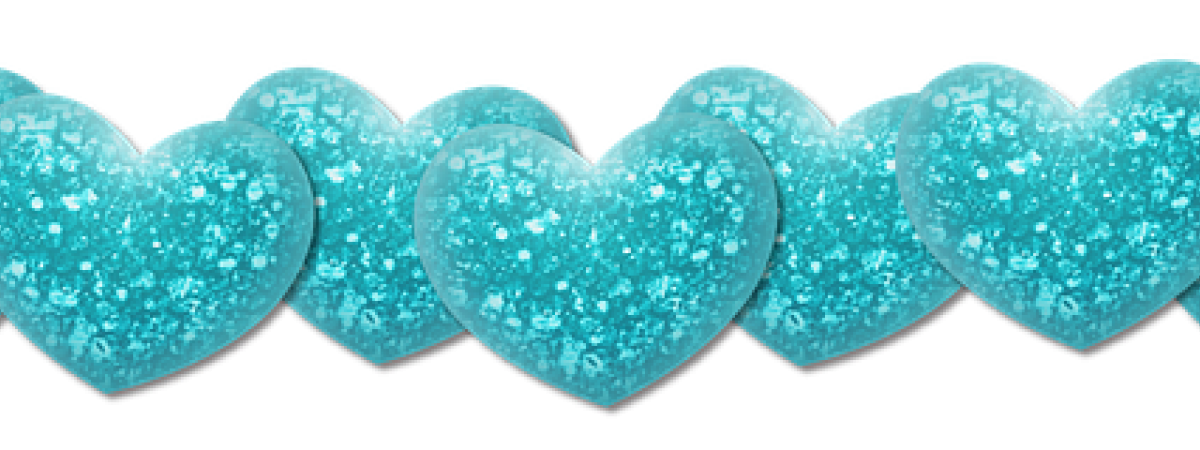A woman who changed the world
published in Reader's Digest,
13 September 2017

Helen Brooke Taussig lived from 1898 to 1986 in a male-dominated medical world. As a doctor she overcame her own double disability to devise a procedure that saved the lives of countless babies.
When looking at lists of women pioneers of the last century, Helen Taussig’s name is usually missing. Yet she was a trailblazer and it’s time to learn what she taught.
What Taussig taught in medicine
Taussig wrote a timeless textbook on the heart; she also trained 123 heart doctors, including Denton Cooley, world-famous doctor who implanted the first artificial heart.
It was her work with babies, though, that broke medical boundaries. Not having children of her own, Taussig saved thousands of babies from death or deformity. Lives were saved when she invented an operation to correct the circulation in babies born with faulty hearts: babies that had been blue due to lack of oxygen in their blood would turn pink soon after the operation, visibly brought back to life.
Deformity, meanwhile, was being detected in babies born in Germany. Taussig identified thalidomide (a drug given to mothers to treat everything from morning sickness to insomnia and cough) as the culprit, causing its withdrawal from sale.
What Taussig taught in adversity
CS Lewis once said, “Hardships often prepare ordinary people for an extraordinary destiny”. According to writer William Arthur Ward, “Adversity causes some men to break; others to break records”.
Whether life’s challenges are what led Taussig to triumph will never be known, but she certainly taught that adversity is no barrier to success. Her mother died when she was eleven; Taussig was also severely dyslexic, describing reading as ‘pure torture’, like ‘running an obstacle course’.
Worse still, she became profoundly deaf after qualifying as a doctor. Undeterred, Taussig famously learnt to ‘listen with her fingers’, using her fingers in place of a stethoscope to feel the heartbeat - even diagnosing heart murmurs where other doctors failed.
Sadly, Helen was killed in a car crash at the age of 87. Just a few months before her death, she had the honour of watching Samuel Sanders, an acclaimed pianist and one of the first ‘blue babies’ that she had helped to survive, give a recital in her honour.
What Taussig taught about sex equality
Taussig lived at a time when female doctors were a rarity. Historically (and until 1945), Harvard had allowed women to take a course or two, but not get a medical degree. When attending lectures, women were asked to sit separately from men, so as “not to contaminate the male students”.
Johns Hopkins School of Medicine (where Taussig eventually studied) had only begun admitting women in 1893 after an amazing act of ‘girl power’ (a century before the formation of the Spice Girls and their adopting of this slogan). 5 young Baltimore women fundraised half a million dollars towards the construction of Johns Hopkins School of Medicine, presented on the understanding that women could study there ‘on the same terms as men’. When the School opened, it admitted thirteen male and three female students.
Taussig took the flame from these female torchbearers and lit a fire (in a fashion): she won more than 30 major awards and 20 honorary degrees. In 1965 she became the first woman president of the American Heart Association. To me, Taussig is a true inspiration.
